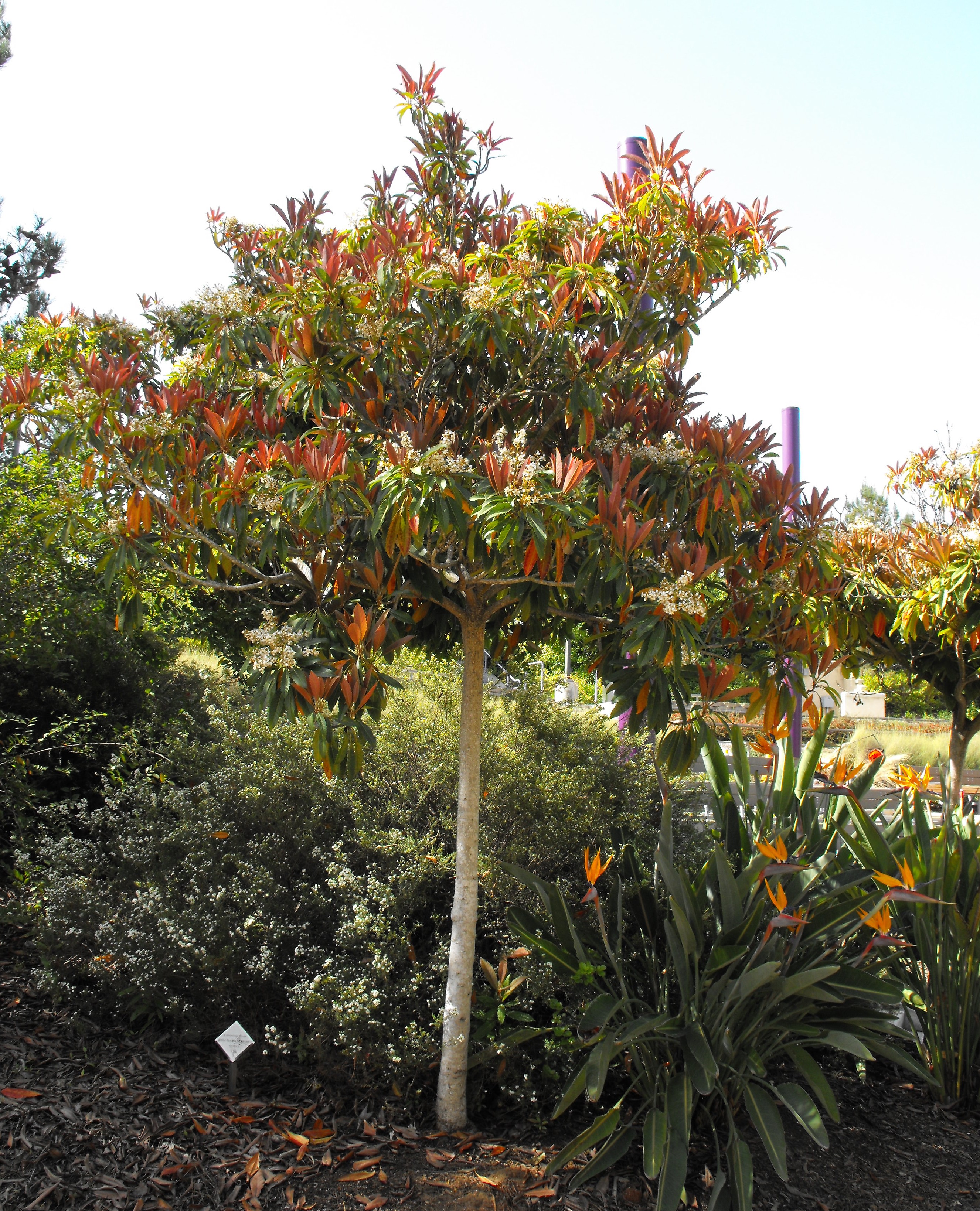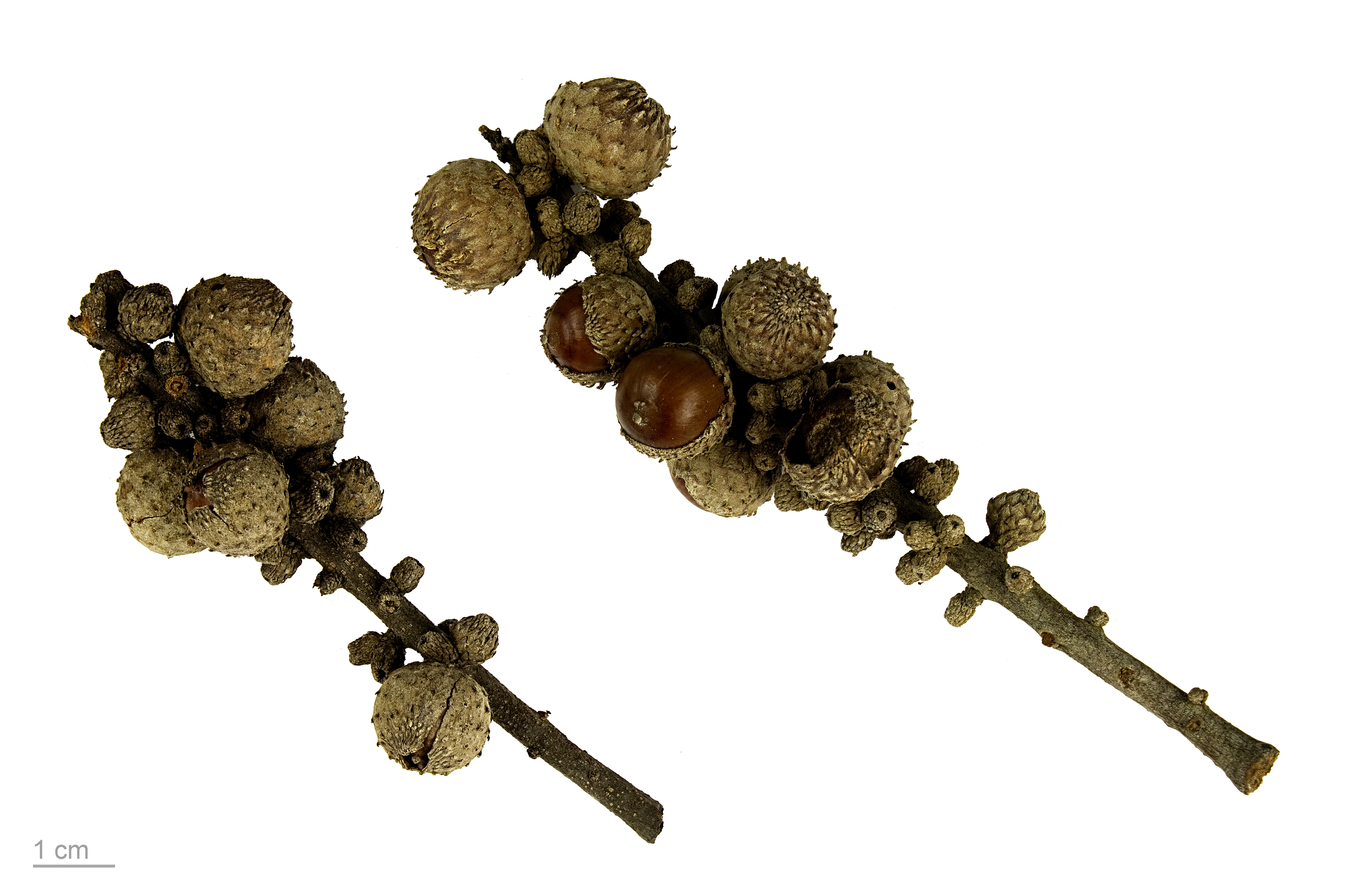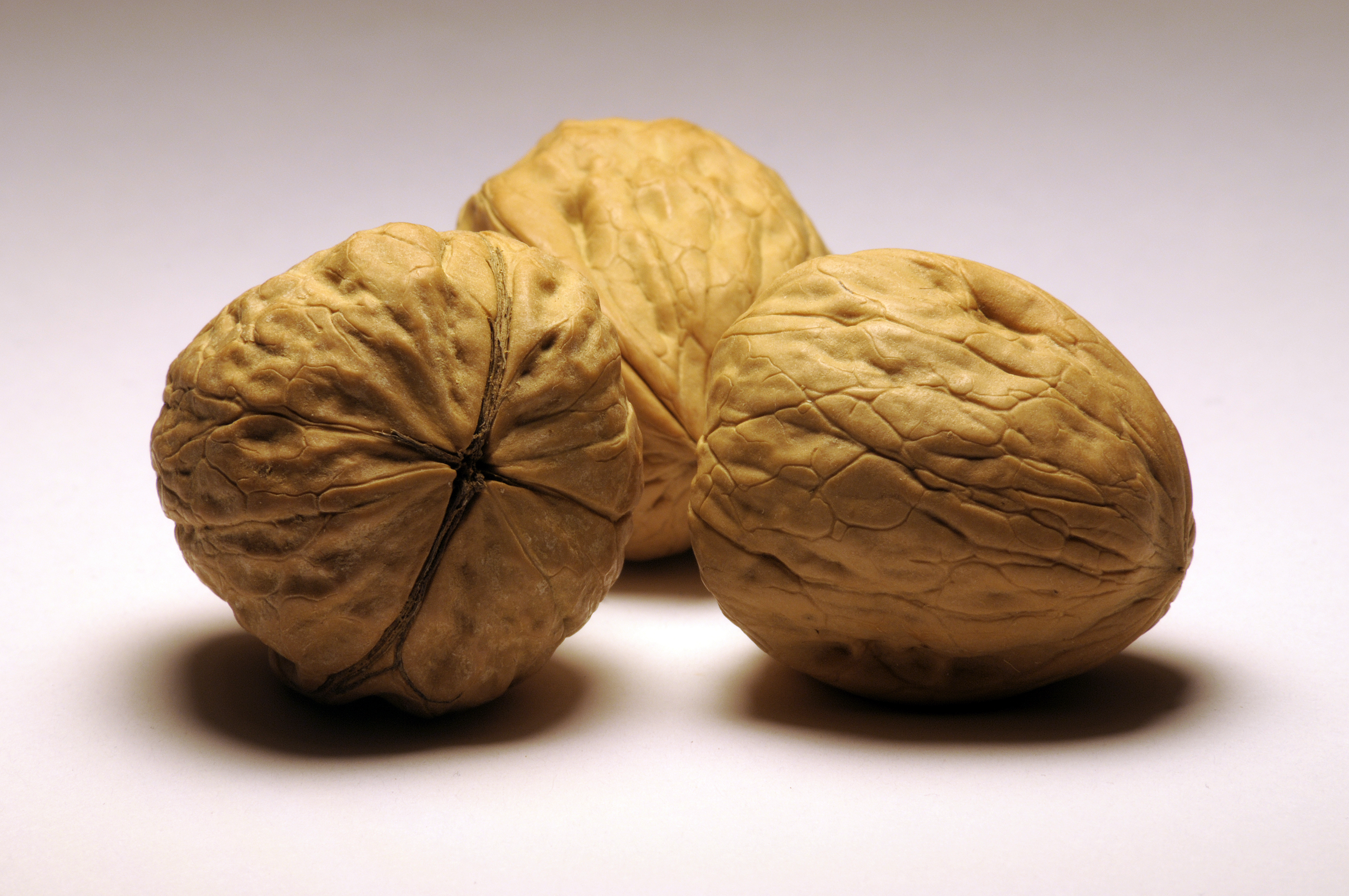|
Marumba Sperchius
''Marumba sperchius'' is a species of moth of the family Sphingidae first described by Édouard Ménétries in 1857. Distribution It is found from north-western and north-eastern India, south-western, central and eastern China to the southern Russian Far East, North Korea, South Korea and Japan. It is also present on Sumatra and Borneo. Description The wingspan is 88–138 mm. It is similar to '' Marumba juvencus'', but the lines of the forewing and the ground colour of the hindwing are more reddish and the lines on either side of the weak discal spot are hardly converge. Marumba sperchius MHNT CUT 2010 0 120 Taiwan female dorsal.jpg, Female, dorsal view Marumba sperchius MHNT CUT 2010 0 120 Taiwan female ventral.jpg, Female, ventral view Marumba sperchius MHNT CUT 2010 0 120 Gifu Japan male dorsal.jpg, Male, dorsal view Marumba sperchius MHNT CUT 2010 0 120 Gifu Japan Male ventral.jpg, Male, ventral view Biology There are two generations per year with adults on win ... [...More Info...] [...Related Items...] OR: [Wikipedia] [Google] [Baidu] |
Édouard Ménétries
Édouard Ménétries (Paris, France, 2 October 1802 – St. Petersburg, Russian Empire, 10 April 1861) was a French entomologist, zoologist, and herpetologist. He is best known as the founder of the Russian Entomological Society. Ménétries was born in Paris, and became a student of Georges Cuvier and Pierre André Latreille. On their recommendation he was chosen as the zoologist on a Russian expedition to Brazil in 1822, led by Baron von Langsdorff. On his return he was appointed curator of the Zoological Collection at St Petersburg. In 1829 he was sent by the Tsar on an exploratory trip to the Caucasus. Ménétries was an authority on Lepidoptera and Coleoptera but also worked on other orders. Most of his named species are from Russia and Siberia but at the museum he was able to study insects from other parts of the world. Two such collections were those made during the expeditions of Alexander von Middendorf (1842–1845) and Leopold von Schrenck (1853–1857) to Cali ... [...More Info...] [...Related Items...] OR: [Wikipedia] [Google] [Baidu] |
Quercus
An oak is a hardwood tree or shrub in the genus ''Quercus'' of the beech family. They have spirally arranged leaves, often with lobed edges, and a nut called an acorn, borne within a cup. The genus is widely distributed in the Northern Hemisphere; it includes some 500 species, both deciduous and evergreen. Fossil oaks date back to the Middle Eocene. Molecular phylogeny shows that the genus is divided into Old World and New World clades, but many oak species hybridise freely, making the genus's history difficult to resolve. Ecologically, oaks are keystone species in habitats from Mediterranean semi-desert to subtropical rainforest. They live in association with many kinds of fungi including truffles. Oaks support more than 950 species of caterpillar, many kinds of gall wasp which form distinctive galls (roundish woody lumps such as the oak apple), and a large number of pests and diseases. Oak leaves and acorns contain enough tannin to be toxic to cattle, but pigs are ab ... [...More Info...] [...Related Items...] OR: [Wikipedia] [Google] [Baidu] |
Eriobotrya
''Eriobotrya'' is a genus of flowering plants, mostly large evergreen shrubs and small trees, in the family Rosaceae, native to woodland in the Himalayas and East Asia. The loquat, ''E. japonica'', is grown for its edible fruit. ''Eriobotrya'' species are used as food plants by the larvae of some Lepidoptera species including '' Hypercompe hambletoni''. Plants of the World Online treats ''Eriobotrya'' as a synonym of '' Rhaphiolepis''. '' Plants of the World Online
Plants of the World Online (POWO) is an online taxonomic database published by the Royal Botanic Gardens, Kew.
History
Following the Convention on Biological Di ...
[...More Info...] [...Related Items...] OR: [Wikipedia] [Google] [Baidu] |
Lithocarpus Edulis
''Lithocarpus edulis'', the Japanese stone oak, is a species of stone-oak native to Japan. It is an evergreen tree growing up to 15 metres tall. The nuts are edible for people but taste bitter. The nuts contain tannins, however soaking them in water removes them. It is cultivated as an ornamental plant Ornamental plants or ''garden plants'' are plants that are primarily grown for their beauty but also for qualities such as scent or how they shape physical space. Many flowering plants and garden varieties tend to be specially bred cultivars th .... ReferencesThe Plant List External links * Lithocarpus edulis database' * ' edulis Trees of Japan Endemic flora of Japan {{Fagales-stub ... [...More Info...] [...Related Items...] OR: [Wikipedia] [Google] [Baidu] |
Lithocarpus
''Lithocarpus'' is a genus in the beech family, Fagaceae. Trees in this genus are commonly known as the stone oaks and differ from ''Quercus'' primarily because they produce insect-pollinated flowers on erect spikes and the female flowers have short styles with punctate stigmas. At current, around 340 species have been described, mostly restricted to Southeast Asia. Fossils show that ''Lithocarpus'' formerly had a wider distribution, being found in North America and Europe during the Eocene to Miocene epochs. The species extend from the foothills of the Hengduan Mountains, where they form dominant stands of trees, through Indochina and the Malayan Archipelago, crossing Wallace's Line and reaching Papua. In general, these trees are most dominant in the uplands (more than above sea level) and have many ecological similarities to the Dipterocarpaceae, the dominant lowland tree group. These trees are intolerant of seasonal droughts, not being found on the Lesser Sunda Islands, ... [...More Info...] [...Related Items...] OR: [Wikipedia] [Google] [Baidu] |
Juglans Mandschurica
''Juglans mandshurica'', also known as Manchurian walnut or tigernut, is a species of deciduous tree in the walnut family, Juglandaceae. It is native to East Asia. Description The tree grows to about . The leaves are alternate, long, odd-pinnate, with 7–19 leaflets, long and broad (margin serrate or serrulate, apex acuminate). The male flowers are in drooping catkins long, the wind-pollinated female flowers (April–May) are terminal, in spikes of 4 to 10, ripening in August–October into nuts, , with densely glandular pubescent green husk and very thick shell. The Manchurian walnut contains and exudes much lesser quantities of allelopathic compounds (such as juglone) than other popular ''Juglans'' species and usually causes few significant allelopathic effects in cultivation. Taxonomy This species was first described by the Russian botanist Carl Johann Maximowicz in 1856. ''Juglans cathayensis'', characterized by tomentose leaflets, producing more flowers per spi ... [...More Info...] [...Related Items...] OR: [Wikipedia] [Google] [Baidu] |
Juglans Regia
''Juglans regia'', known by various common names including the common walnut, English walnut, or Persian walnut amongst other names, is a species of walnut. It is native to Eurasia in at least southwest and central Asia and southeast Europe, but its exact natural area is obscure due to its long history of cultivation. The species has numerous cultivars which produce the edible walnut consumed around the world and produced predominately in China. It is widely cultivated across temperate regions throughout the world including those of Eurasia, Australia, and the Americas. Etymology The genus name, ''Juglans,'' is derived from two Latin words, ''jovis'', which means Jupiter, the chief god of the ancient Roman religion; and ''glans'' meaning an acorn or nut. The specific epithet, ''regia,'' is defined as regal or royal in references the quality of the fruit and edible nuts. Description ''Juglans regia'' is a large deciduous tree, attaining heights of , and a trunk up to in d ... [...More Info...] [...Related Items...] OR: [Wikipedia] [Google] [Baidu] |
Juglans
Walnut trees are any species of tree in the plant genus ''Juglans'', the type genus of the family (biology), family Juglandaceae, the seeds of which are referred to as walnuts. All species are deciduous trees, tall, with pinnate leaves , with 5–25 leaflets; the shoots have chambered pith, a character shared with the wingnut (plant), wingnuts (''Pterocarya''), but not the hickory, hickories (''Carya'') in the same family. The 21 species in the genus range across the north temperate Old World from southeast Europe east to Japan, and more widely in the New World from southeast Canada west to California and south to Argentina. Edible walnuts, which are consumed worldwide, are usually harvested from cultivated varieties of the species ''Juglans regia''. China produces half of the world total of walnuts. Etymology The common name ''walnut'' derives from Old English language, Old English ''wealhhnutu'', literally 'foreign nut' (from ''wealh'' 'foreign' + ''hnutu'' 'nut'), because ... [...More Info...] [...Related Items...] OR: [Wikipedia] [Google] [Baidu] |
Quercus Serrata
''Quercus serrata'', the jolcham oak (, Japanese: ), is an East Asian species of tree in the beech family. It is native to China, Taiwan, Japan, and Korea. Description ''Quercus serrata'' is a deciduous oak tree reaching a height of occupying elevations from . The bark is gray or reddish-brown with longitudinal furrows. The leaves are up to long by wide, leathery, elliptical in shape, with serrated margins; they are densely covered with trichomes when young, becoming glabrous with age. The petioles are short (3 cm). The flowers are pistillate inflorescences from long, occurring in March to April. The seeds are oval-shaped acorn The acorn is the nut (fruit), nut of the oaks and their close relatives (genera ''Quercus'', ''Notholithocarpus'' and ''Lithocarpus'', in the family Fagaceae). It usually contains a seedling surrounded by two cotyledons (seedling leaves), en ...s long and take one year to mature. A cup with trichomes and triangular shaped scales covers ... [...More Info...] [...Related Items...] OR: [Wikipedia] [Google] [Baidu] |
Quercus Salicina
''Quercus salicina'' is an oak species found in Japan, South Korea and Taiwan. It is placed in subgenus ''Cerris'', section ''Cyclobalanopsis''. The larvae of the Japanese oakblue (''Arhopala japonica''), of ''Acrocercops vallata'' and ''Marumba sperchius'' feed on ''Q. salicina''. Stenophyllanin A, a tannin, and other quinic acid gallates can be found in ''Q. salicina''. The triterpene friedelin Friedelin is a triterpenoid chemical compound found in ''Azima tetracantha'', ''Orostachys japonica'', and '' Quercus stenophylla''. Friedelin is also found in the roots of the ''Cannabis ''Cannabis'' () is a genus of flowering plants in t ... can also be isolated from the leaves of the tree. References salicina Plants described in 1910 Trees of Japan Trees of South Korea Trees of Taiwan {{Quercus-stub ... [...More Info...] [...Related Items...] OR: [Wikipedia] [Google] [Baidu] |
Quercus Acuta
''Quercus acuta'', the Japanese evergreen oak, is an oak native to Japan, South Korea, Taiwan, and China's Guizhou Province and Guangdong Province. It is placed in subgenus ''Cerris'', section ''Cyclobalanopsis''. Description Due to its foliage and habitat, it looks rather unlike most other oaks. ''Quercus acuta'' is usually bushy and densely domed, reaching a height of 14 meters. The bark is smooth and dark grey. Leaves are dark and glossy above and yellowish beneath. They narrow to a long, finely-rounded tip. The flowers are on a stiff 5 cm catkin. Heartwood is pale reddish brown to reddish brown. Sapwood is pale yellowish brown with a slightly reddish color. Common names In Japan, it is called ''akagashi'' (赤樫 - あかがし), but is also known by the names ''oogashi'' (大樫 - オオガシ) and ''oobagashi'' (大葉樫 - オオバガシ). In the Korean language, it is 붉가시. Uses Like ''shirakashi'' (白樫 - しらかし) (Quercus myrsinifolia), whose woo ... [...More Info...] [...Related Items...] OR: [Wikipedia] [Google] [Baidu] |
Quercus Myrsinaefolia
''Quercus myrsinifolia'' is an Asian species of tree in the beech family Fagaceae. It has several common names, including bamboo-leaf oak, Chinese evergreen oak, and Chinese ring-cupped oak. Its Chinese name is ; pinyin: , which means little leaf ring-cupped oak (literally translated as little leaf green ridge tree), in Japan it is called and in Korea it is known as (). It is native to east central and southeast China, Japan, Korea, Laos, northern Thailand, and Vietnam. It is placed in subgenus ''Cerris'', section ''Cyclobalanopsis''. Description ''Quercus myrsinifolia'' is an evergreen oak tree that grows up to tall. Leaves are 60–110 × 18–40 mm with serrulate margins; the petiole is 10–25 mm long. The acorn The acorn is the nut (fruit), nut of the oaks and their close relatives (genera ''Quercus'', ''Notholithocarpus'' and ''Lithocarpus'', in the family Fagaceae). It usually contains a seedling surrounded by two cotyledons (seedling leaves), en . ... [...More Info...] [...Related Items...] OR: [Wikipedia] [Google] [Baidu] |


